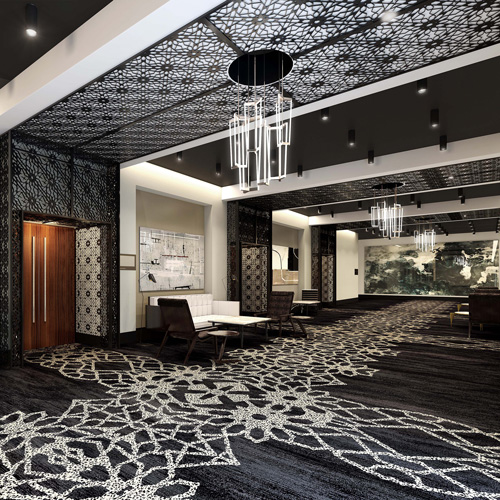One place you might not expect to find valet parking is at Tesla’s headquarters in the foothills of Palo Alto, California, where CEO and product architect Elon Musk’s intrepid team of software engineers are busy designing the driverless cars of the future. Nevertheless, according to a January 2016 report of Inside EVs, an independent online publication covering electric vehicles, the rumors are true. The company has more than 14,000 employees, and plans to add 4,500 more over the next several years.
A crowded headquarters is, of course, not the worst problem for a company to have. With roughly 52,000 cars sold in 2015, Tesla’s car-per-employee ratio is roughly 3.7:1, a low number compared against established luxury brands such as Jaguar Land Rover, which sold 500,000 cars in 2015, or roughly 139 cars per employee. Finding an appropriate approach might be wise for a company that already does a good job automating production, displays its cars in its own showrooms rather than outsourcing to independent dealers, and generally strives for efficiency—in both its cars as well as its means and methods of production.
Still, according to a conversation with Jimmy Knauf, the recently hired director of the global workplace for Tesla, the Palo Alto headquarters is due for an overhaul. That could mean expansion into as much as 200,000 to 300,000 square feet of office space in Fremont’s pricey lower peninsula market, as previously reported in the Silicon Valley Business Journal.
Until recently, Knauf explains, the company was so focused on ramping up its auto manufacturing operations that retooling its office space to meet growth needs was something of an afterthought. Although talent may be more telling than desks, computers, and office furniture as an indicator of a company’s financial destiny, a workplace undoubtedly matters to recruitment and retention.
The retention factor is important. As Patty McCord, former chief talent officer at Netflix and now a consultant for the company, told the Rochester Business Journal after a visit to Tesla’s 370-acre Fremont factory, the company “made the working environment so attractive, that workers would rather retrain themselves than go look somewhere else for the job they used to have.”
At that same Fremont plant, formerly known as New United Motor Manufacturing (a joint venture between General Motors and Toyota), Tesla manufactures the lithium-ion battery pack and alternating current electric motor for its Model S sedan. Design engineers work at the factory itself, rather than a separate facility, and the manufacturing process uses 10 of the largest robots in the world, according to a report in Wired.
Additionally, Tesla has seen a rapid upswing in demand and production and will likely need the extra space if it is to continue to scale up operations. In August 2012, the Fremont facility was producing 15–20 cars per week, according to a company blog. In 2015, Tesla Motors announced that it had delivered a total of 21,537 vehicles in the first half of the year, a pace of nearly 1,000 cars per week, consisting mostly of pre-orders.
Overseas, the electric car manufacturer is equally hungry. The Korean Times reports that Tesla has entered nearly 20 countries and plans to open a Gangnam, South Korea office, although Tesla declined to confirm these plans to us, instead reiterating its intent to continuously expand in different regions and countries throughout the world. As of March 2016, according to the newspaper, Tesla intended to launch its Model III with a price tag of half that of the average EV, a move likely to open doors to a new class of customers.
If one gives credence to the words of Musk’s 2015 biography—in which he is quoted saying, “I think our Tesla headquarters looks like crap”— changes to Tesla’s corporate offices would appear to be in the works, and the common train of thought is that the innovation that’s found in the company’s Fremont plant should influence the office upgrades. Time will tell as to how this will unfold, and whether the corporate offices will be redesigned or relocated.


